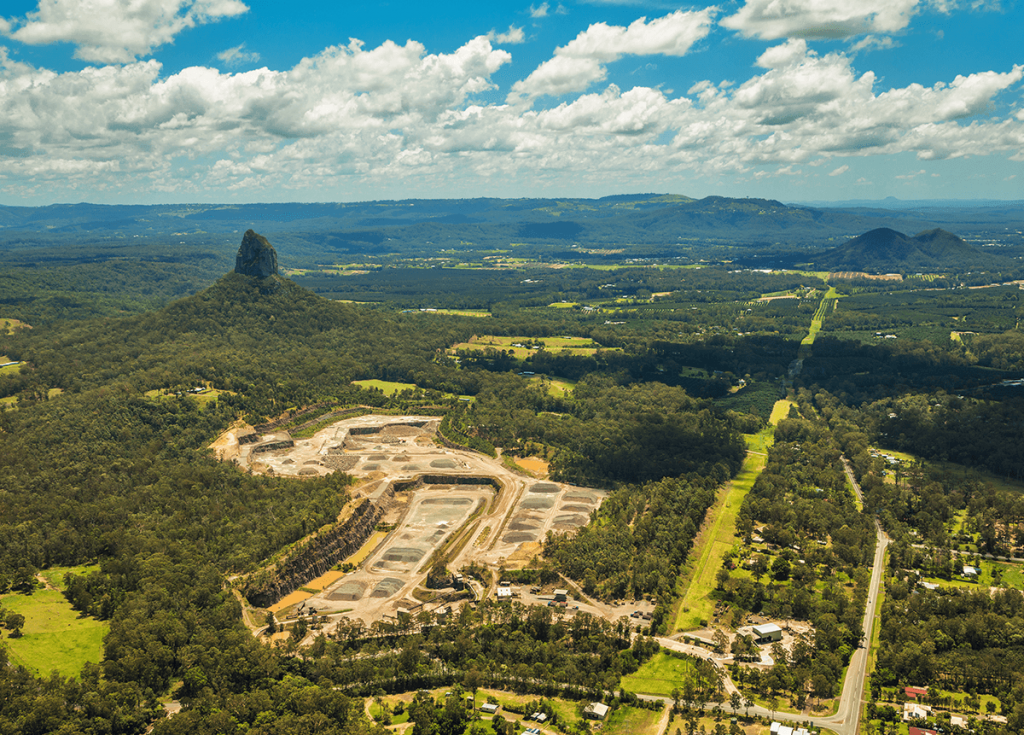
Strong demand from the electric-vehicle sector alongside supply cuts should help Australian lithium miners recover towards the middle of next year, earlier than expected, industry executives said on Wednesday.
Australian producers of spodumene, a type of concentrated lithium ore that accounts for about half of global lithium supply, have suffered this year after a flood of production sent prices tumbling by more than 20%.
Recently, miners said they do not expect a recovery until the end of this year or early 2020.
Since November last year, BMI has revised up by 50% its estimates for the global build-out of lithium ion battery capacity by 2028
BMI Managing Director Simon Moores suggested that the wait could be longer, but still earlier than market consensus of 2021. “There are two factors. One is the build-up of the demand picture downstream. The amount of battery plants that are going up, the amount of contracts that we see being signed long-term. The demand picture is getting even stronger,” he said.
“On the supply side, you have also started to see a response,” Moores added, speaking at an industry event in Melbourne.
Since November last year, BMI has revised up by 50% its estimates for the global build-out of lithium ion battery capacity by 2028.
The consultancy expects production for next year to come in at 10.7 million electric vehicles, up 35% from 7.9 million this year. By 2028, that will be 36.8 million at more than 2000 gigawatt hours, a presentation slide by BMI showed.
Australian miner Pilbara Minerals has scaled down its expansion plans. It stopped mining about two weeks ago, cut or furloughed 20% of its workforce, and doesn’t expect to restart mining for the next six weeks in order to respond to the weak market, Chief Executive Ken Brinsden told Reuters on the sidelines of the event.
“China’s caught a cold. So Western Australia’s spodumene has got the flu, but it does not mean that the story is over,” Brinsden told the conference.
The source of weak demand was a change in China’s electric vehicle subsidies towards lithium hydroxide, high nickel cathode that did not have the immediate uptake from the industry of the scale that China expected, Brinsden said.
“Our key objective is to minimise the cash spend in a period of time in which the market is weak. And, our hope is our peers to the same. And on the face of it, it looks like they will.”
(By Melanie Burton; Editing by Sherry Jacob-Phillips)
Comments